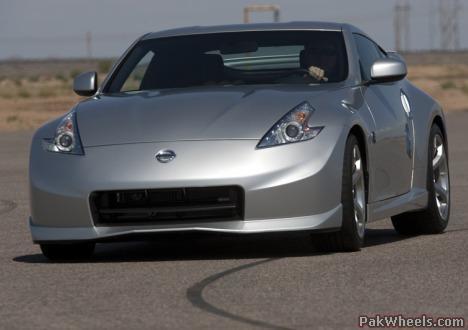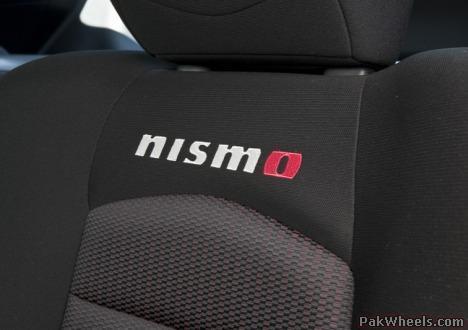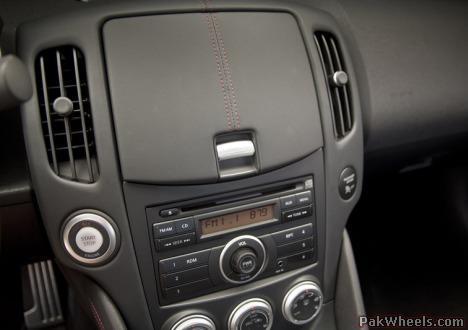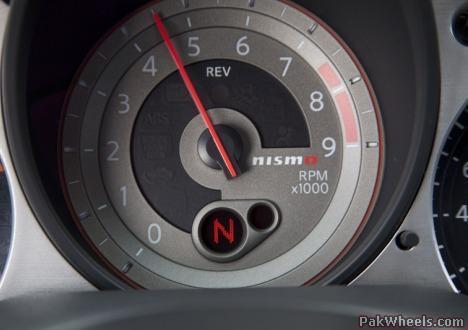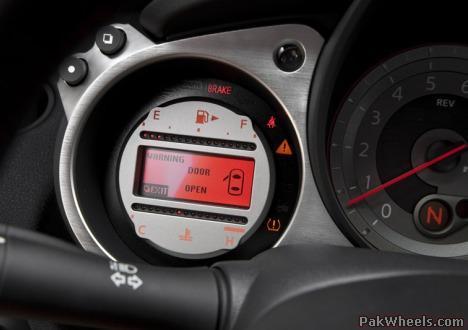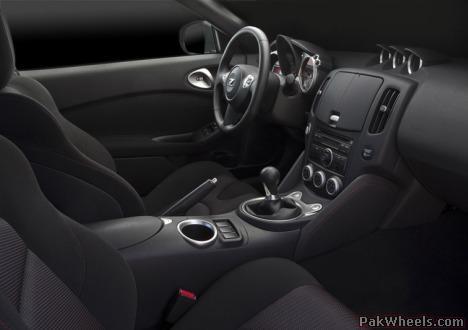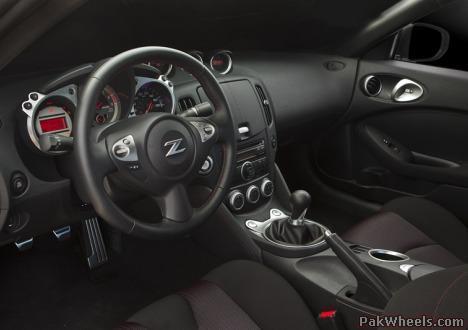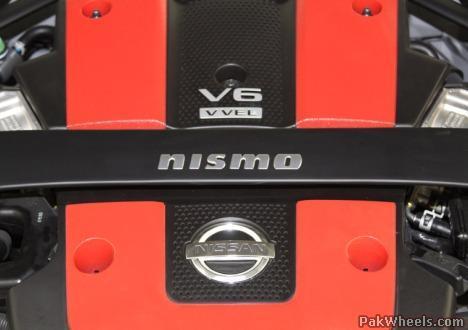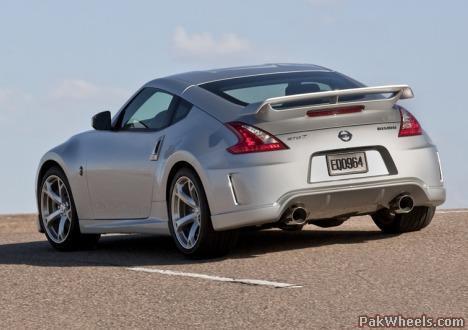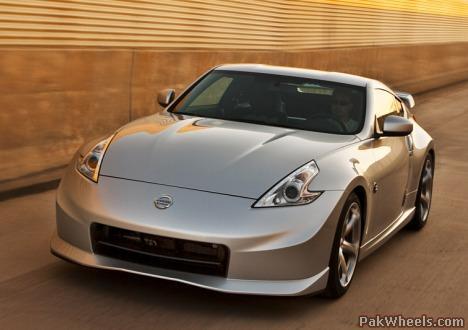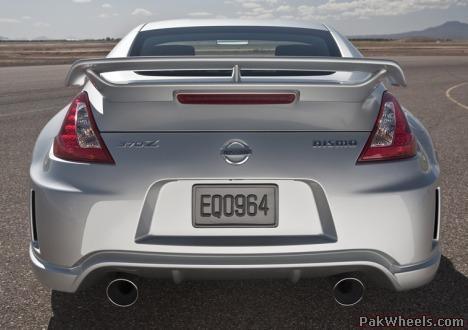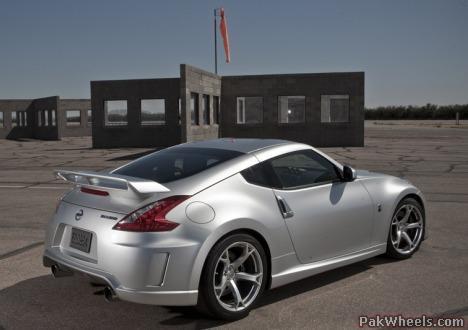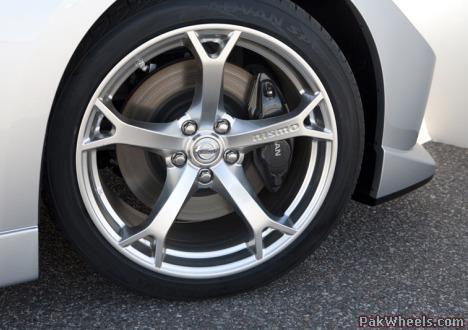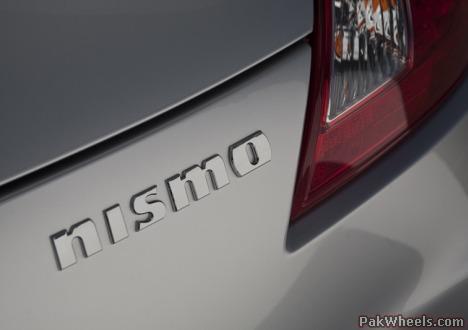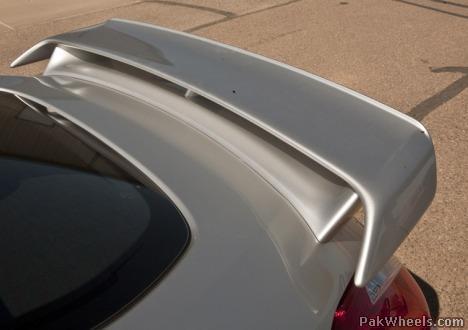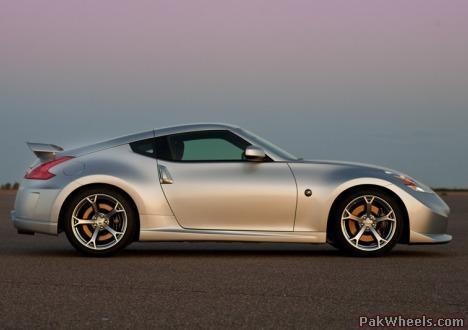NISMO NOURISHES EXTREME 370Z
Japan’s last remaining two-door performance car, the 370Z, has now been track-certified after severe fettling by Nismo.
Instead of adding a Nismo go-faster kit at the end of the model’s life-cycle (as was the case with the 350Z), Nissan has a Nismo Z prepped and ready to run in parallel with its 370Z hard- and soft-top sibling.
Autech, the Nipponese company responsible for preparing Nissan’s Japanese Super GT racing series cars, has been instrumental in the Nismo redesign, with Nissan adding significant engineering output themselves.
Visually gifted readers will notice the Nismo’s more classic proportions, echoing the long-nose Z-cars of the 1970s. In tangible terms the Nismo is 177mm longer than a standard 370Z, elongating the standard car's compact styling proportions, especially since both cars share the same wheelbase – though the Nismo sports a 15mm wider track.
The added length is meant to aid stability at speed, whilst the functionality of the new rear wing is beyond doubt. Front and rear bumpers have been remoulded too, and the Nismo rolls on a set of 19-inch Rays wheels shod with 245 rubber up front and 285 at the rear.
Most of the important engineering changes are under the bodywork though - in essence, the Nismo is a highly focused track day machine.
When you peruse the interior, which seats occupants exclusively in cloth-covered buckets seats, and eschews the 370Z’s huge sound system as a weight saving measure, you realise Nismo’s intent is pure driving dynamics.
The Nismo 370Z chassis has been stiffened and suspension significantly upgraded with hollow anti-roll bars, which are calibrated to be 15% more rebound resistant on the front axle and 50% stiffer at the rear.
Factor in the firmer dampers (40% harder up front, and a nearly unimaginable 140% stiffer at the rear) and one can be assured of hamstring numbing ride quality combined with race-car keen turn-in ability. Steering ratio remain untouched, as do the brakes – curiously enough, especially considering the Nismo is in fact heavier, albeit only by 30kg, over a standard 370Z.
Powering the Nismo 370Z is a negligibly more powerful incarnation of the venerable oversquare 3.7l V6. Redlining at 7 500r/min, the Nismo modified engine produces 257kW at 7 400r/min, 12kW more at 400r/min quicker engine speed than the standard 370Z. Rotational force is only 9Nm stronger at 374Nm.
The incremental increases in engine output are primarily thanks to a reprogrammed ECU unit and H-configuration exhaust rerouting layout, which improves engine breathing and acoustics.
Nismo kitted 370Zs will only be available – and quite rightly so enthusiasts will say – with six-speed manual transmissions, featuring Nissan’s SynchroRev Match throttle blipping downshift control.
Although Nissan is coy concerning the exact number of Nismo 370Zs it is tooling up to produce, the company has admitted it foresees the Nismo cars proportioning 5% of total 370Z sales.
